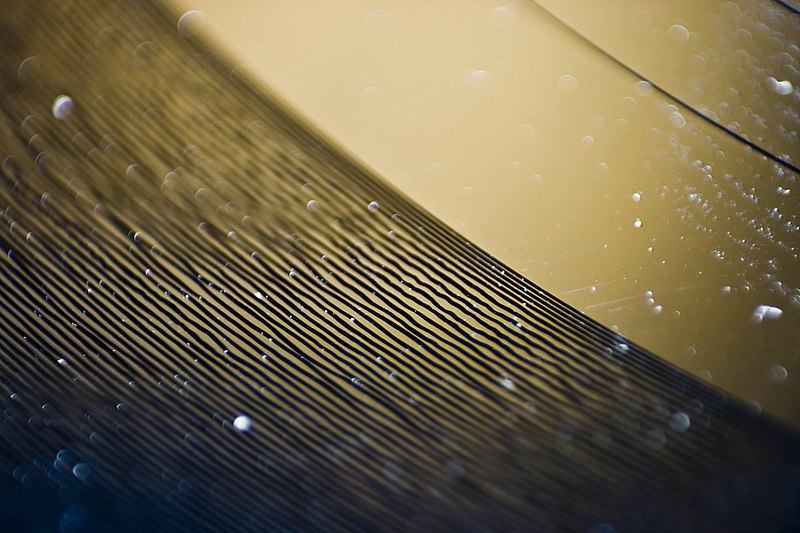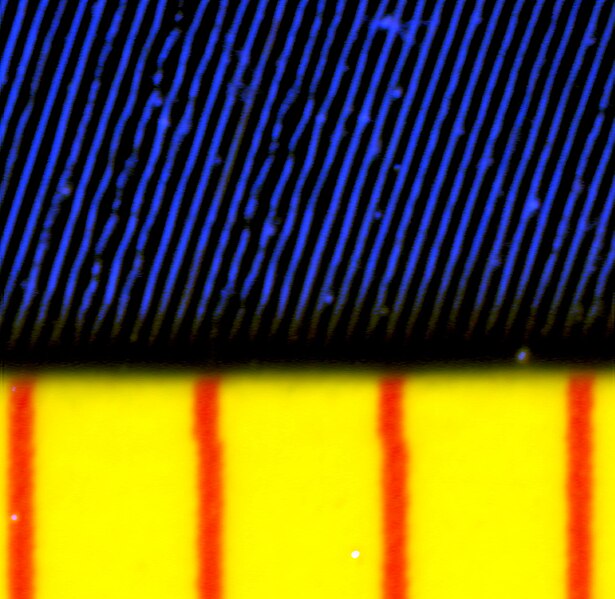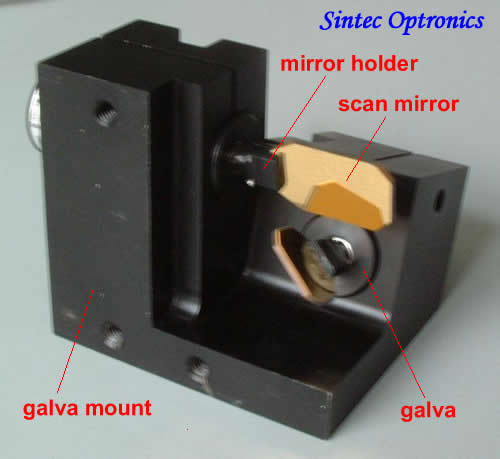also have a resolution of 0.001" or 0.0254mm step.
= more than "20 grooves per milimeter."
the cutting shape can be drawm in software.!!
it would have steady groove separations, not variable volume grooves but...
http://en.wikipedia.org/wiki/Gramophone_record#Structure





